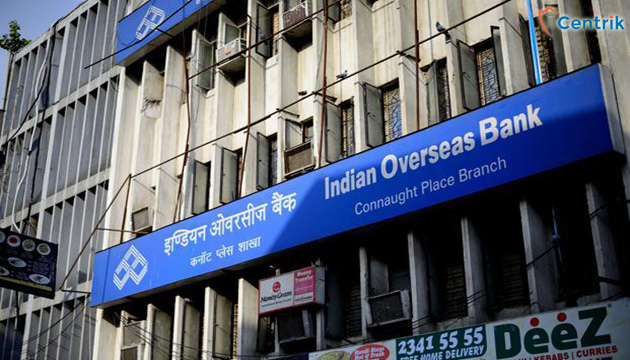
Introduction
Insolvency and Bankruptcy Code, 2016 has gained a lot of importance as a legislation in the country. With its advent a lot of public sector banks have taken the initiative to file application for insolvency proceedings against their defaulters. The RBI has also been a major player in this step. The government is speedily disposing of stressed assets cases in order to release the money stuck in the market. But so far only Bhusan Steel has successfully gone under the proceedings and got resolved.
Public sector lender Indian Overseas Bank’s net loss widened to Rs 3,606.73 crore in the March quarter due to higher provisioning for mounting bad loans.
The bank had registered a net loss of Rs 646.66 crore in the same quarter of previous fiscal.
What led to this huge amount of bad loan?
Its net income stood at Rs 5,814.42 crore during the fourth quarter of 2017-18 from Rs 5,661.70 crore in same period a year-ago, the bank said in a BSE filing.
The bank’s provisions for bad loans and contingencies increased sharply to Rs 6,774.55 crore during the March quarter from Rs 1,789.74 crore a year earlier. Asset quality worsened with gross non-performing assets (NPAs) at 25.28 per cent of gross advances at the end of March from 22.39 per cent in the year-ago period.
Net NPAs were at 15.33 percent of net loans, up from 13.99 per cent in the last quarter of 2016-17. For the full financial year 2017-18, the bank’s net loss rose to Rs 6,299.49 crore from Rs 3,416.74 crore in 2016-17.
Shares of Indian Overseas Bank were trading 2.40 per cent lower at Rs 16.25 apiece on BSE.
Conclusion
The enactment of IBC has helped surface a lot of stressed assets and NCLT is loaded with work to resolve these cases as soon as possible. The target is to secure a better position in the Ease of doing business and let India lead with flying colors in the business sector. Indian Overseas Bank should also look forward to claim back its money from the defaulters and initiate insolvency proceedings against them. This is the golden period for any person to retract its monies from their borrowers.
This article was originally published in Economics Times
Disclaimer – The above summary is based on the personal interpretation of the revised regulations, which may differ person to person. Hence, the readers are expected to take expert opinion before placing reliance on this article.




 join For Updates
join For Updates